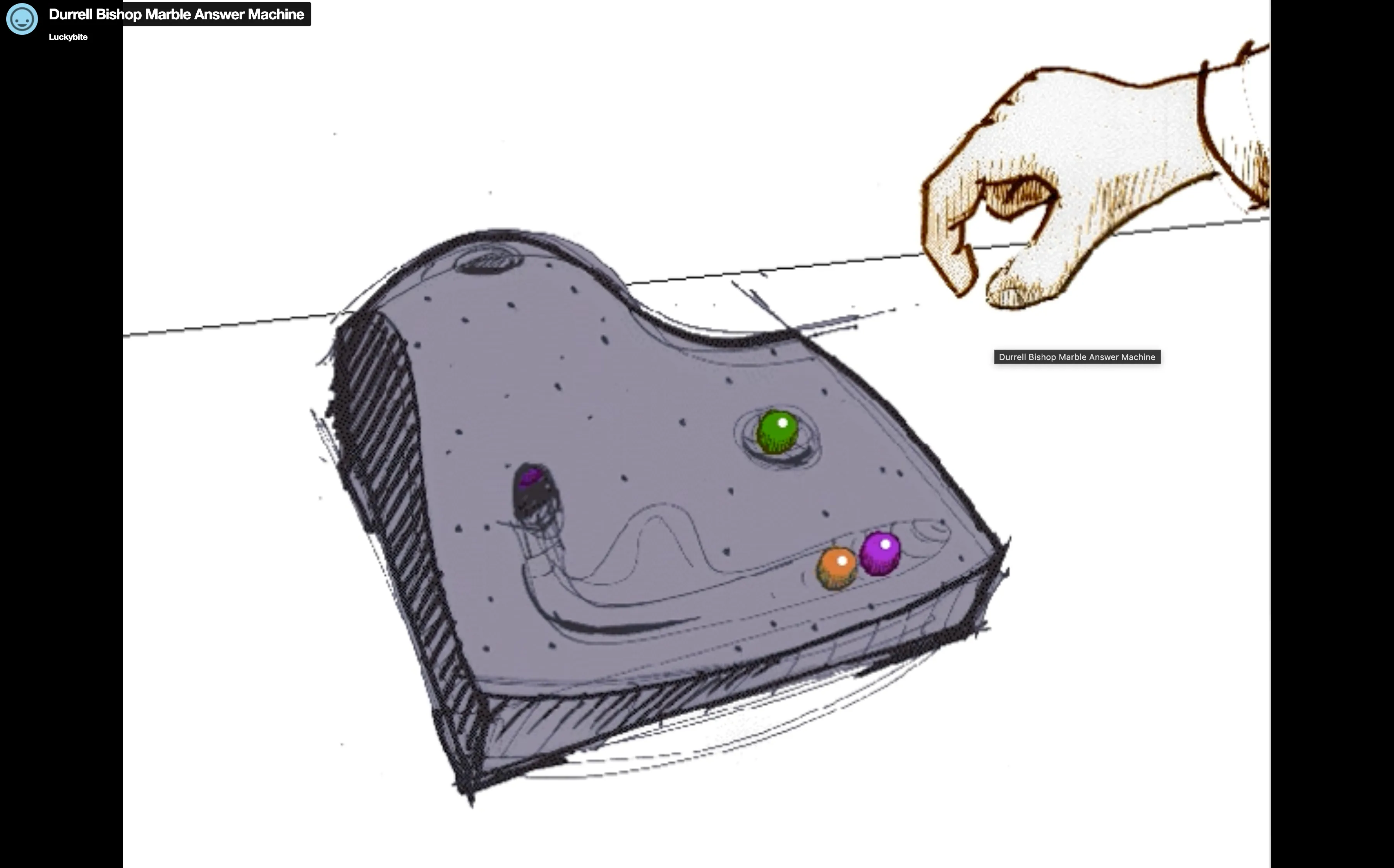https://archive.ph/nhyCI#selection-679.130-679.269
design’s current infatuation with touchscreens is really problematic.
Intentionally hiding the phenomena and materiality of interfaces, smoothing over the natural edges, seams and transitions that constitute all technical systems, entails a loss of understanding and agency for both designers and users of computing. Lack of understanding leads to uncertainty and folk-theories that hinder our ability to use technical systems, and clouds the critique of technological developments.
makes me want to show the computing happen, which is a larger idea that i’ve been thinking about.
By removing our knowledge of the glue that holds the systems that make up the infrastructure together, it becomes much more difficult, if not impossible, to begin to understand how we are constructed as subjects, what types of systems are brought into place (legal, technical, social, etc.) and where the possibilities for transformation exist. – Matt Ratto (2007)
This language is a trap (we should ban the use of natural and intuitive btw) that doesn’t give us any insight into how complex products might actually become simple or familiar.
^ related to nothing is intuitive, everything is learned.
against the best design is no design:
Could we say ‘the best TV is no TV’, the ‘best typography is no typography’ or ‘the best buildings are no architecture’?
making things seamless amounts to making everything the same, reducing components, tools and systems to their ‘lowest common denominator’.
He advocated seamful systems (with “beautiful seams”) as a goal.
this is brilliant. an answering machine: https://vimeo.com/19930744?fl=pl&fe=vl

interaction is more tangible, more easy to manipulate than clicking multiple buttons on a screen. timo calls it the touchstone for all interaction design work.
“A machine is beautiful when it’s legible, when its form describes how it works. It isn’t simply a matter of covering the technical components with an outer skin, but finding the correct balance between the architecture of the machine… and an expressive approach that is born out of the idea of interaction with those using the object.” –